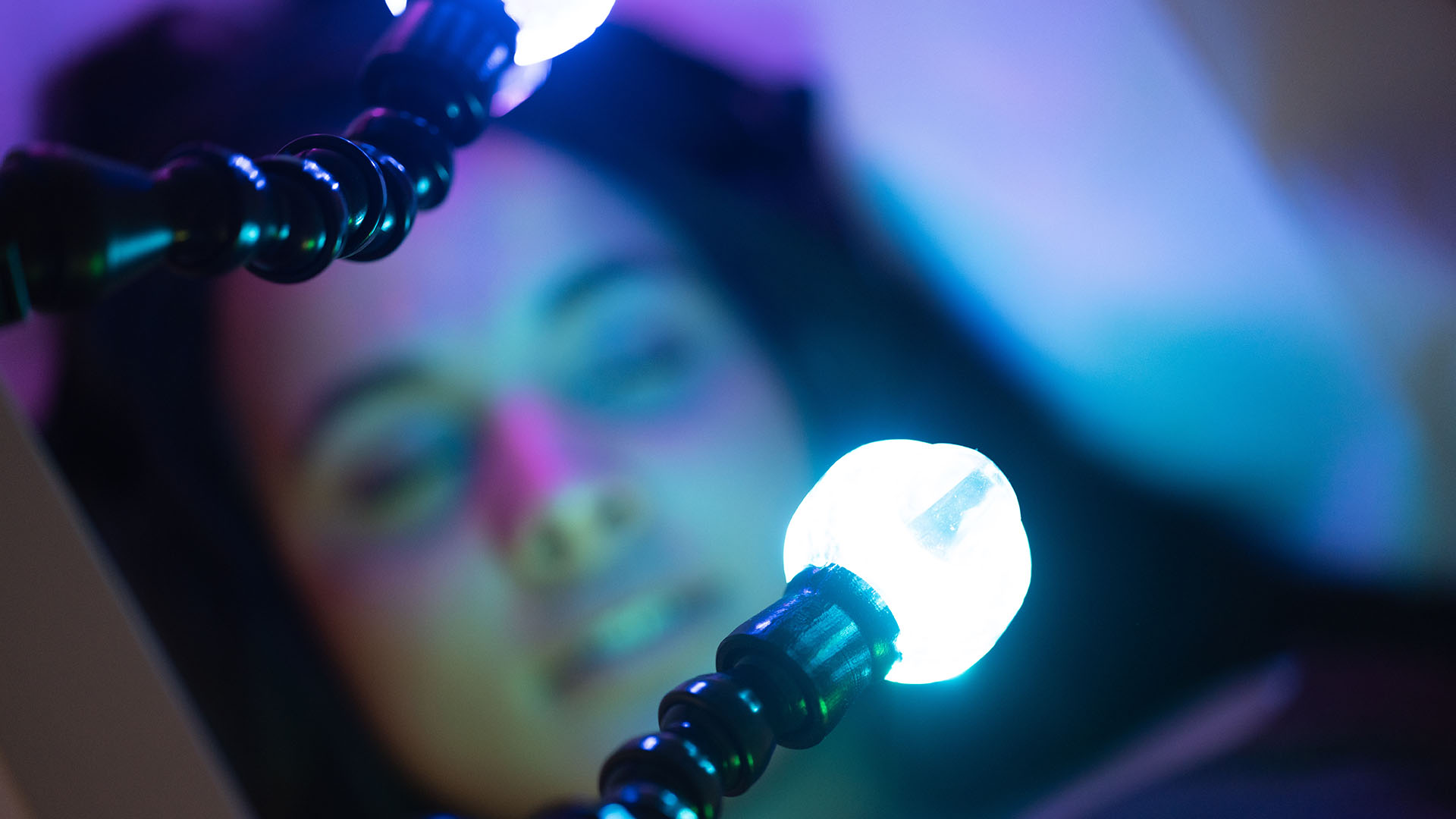While the source of Lyme disease is the same for everyone infected (a Borrelia burgdorferi-infected black-legged tick bite), how it manifests in your body is totally unique to you. Lyme’s initial symptomatology can range from no symptoms at all to very non-specific symptoms like muscle aches, a general feeling of discomfort, and fatigue. As the infection progresses, symptoms can become very tricky and even mimic other diseases.
Somewhere between the initial infection stage and the late stage Lyme disease, neurological Lyme disease can occur. (Note: Lyme doesn’t really follow any rules, and neurological symptoms can occur at any stage or not at all). So, what do you do when Lyme disease starts to affect your motor and sensory functions? How do you treat neurological complications of Lyme?
What Is Neurological Lyme Disease?
Lyme disease becomes neurologic (Lyme neuroborreliosis) when the bacteria (B. burgdorferi) affect the peripheral (nervous system (outside of your brain and spinal cord) or central nervous systems. Your peripheral nervous system (PNS) is primarily responsible for voluntary movements like facial expressions and walking and autonomic functions like breathing and heart rate. When Lyme disease affects your PNS, radiculoneuritis, inflammation of the roots of the spinal cord, can result, causing motor and sensory symptoms such as numbness, tingling, and shooting pain in the arms or legs.
When Lyme disease affects your central nervous system (CNS), Lyme meningitis or encephalitis can manifest. Meningitis is the inflammation of the membranes covering the brain and spinal cord, and encephalitis is the inflammation of brain tissue. CNS symptoms can include headache, stiff neck, fever, light sensitivity, nausea, vomiting, and cognitive changes (mood swings, confusion, behavior changes).
Lastly (although this is often one of the first neurological manifestations), cranial neuritis, the result of inflammation of the cranial nerve, can lead to facial nerve palsy, also known as Bell’s palsy. This weakness or paralysis of the facial nerve can make it difficult to close your eyes and also cause an uneven smile or drooling.
As you’ve probably noticed, neurological Lyme disease symptoms directly result from inflammation (the root of most diseases).
Quick Question: Can Lyme Disease Cause Neurocognitive Symptoms?
Yes. A ubiquitous symptom of Lyme disease is brain fog.
Learn more about how to overcome brain fog here.
Innovative Ways to Treat Neurological Lyme Disease
Because no two cases of Lyme disease are the same, no two treatment plans will be the same either. However, to fully eradicate Lyme disease, these five phases must be completed:
- Identify all underlying dysfunctions at all levels
- Begin a prioritized and comprehensive treatment plan
- Correct energetic imbalances
- Personalize pathogen-related treatments
- Address residual problems
Learn more about the Innovative Medicine approach to treating Lyme disease here.
As mentioned previously, neurological symptoms result from inflammation in specific areas of the nervous system (spinal cord, brain tissue, cranial nerve). One focal point in treating neurological Lyme disease is reducing inflammation.
Three integrative therapies that work to reduce inflammation and support neurological function (among many other benefits) are:
Quantum Resonance Crystal Bed
Quantum Resonance Crystal Bed therapy combines crystals, UV LED phototherapy, specific frequencies, binaural sounds, essential oils, pulsed electromagnetic fields, and orgone therapy (sounds delightful, right?) to support the body’s natural healing functions. The pinnacle idea of integrative medicine is to help the body do what it was designed to do.
This energy medicine-based technology works to promote detoxification, pH balance, immune response regulation, cellular level regeneration, and inflammation reduction.

Halo Biophotonic Therapy
Using the power of plants and light, Halo Biophotonic Therapy delivers potent energetic properties to the body to help normalize cellular function, support the immune system, reduce pain, and promote detoxification. This therapy also has natural anti-bacterial, anti-viral, anti-fungal, and anti-inflammatory properties.
NAD/Brain Restoration Plus Therapy
NAD+ Brain Restoration Therapy provides direct benefits to the brain, neurological system, and mitochondria of each cell. This intravenous therapy has been clinically proven to balance the neurotransmitters in the brain, sharpen cognitive function (blow out, brain fog!), and speed up the recovery rate of psycho-emotional conditions that often accompany diseases like chronic Lyme disease.
Healing Is a Creative Venture
The standard approach to treating Lyme disease is a lengthy antibiotic treatment (several weeks and sometimes several cycles of doxycycline or other similar antibiotics)—not very creative and not always effective at eradicating Lyme disease and preventing post-treatment Lyme disease. Lyme disease is a multi-systemic disease that likes the company of other invasive pathogenic organisms that thrive in the environment Lyme disease creates in the body.
For this reason, an innovative approach that includes integrative therapies like the ones mentioned above offers the best chance of beating neurological Lyme disease and everything else that comes with it.
* Disclaimer: The statements made in this article have not been evaluated by the Food and Drug Administration. Any products or treatments mentioned are not intended to diagnose, treat, cure, or prevent any disease. Please consult a licensed medical practitioner for medical advice. At Innovative Medicine, we believe in transparency. We want you to know that we may participate in affiliate advertising programs pertaining to products mentioned herein.





